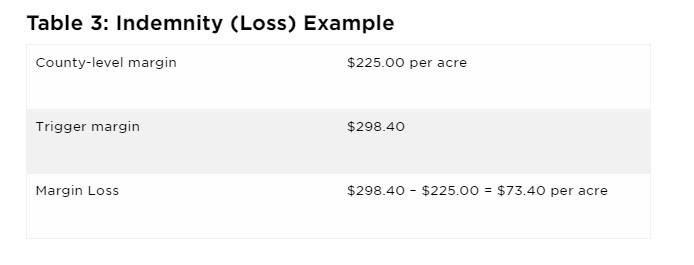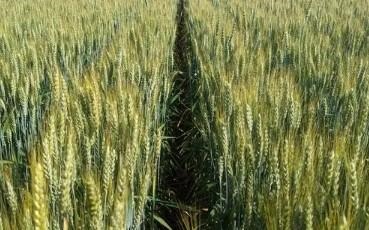Farmers and ranchers are no strangers to drought. Still, each dry spell brings its challenges.
The Noble Research Institute agricultural consultants recommend agricultural producers and other natural resource managers keep strong records, evaluate their operations, plan for the future, and act accordingly at all times but especially during drought.
Below, the consultants share their top tips and considerations to help producers deal with drought.
ECONOMICS
- As drought increases, cow prices historically decline.
- Supplemental feed costs historically increase during drought periods.
- Know production costs and keep close records to make better management decisions.
- Buying hay and feeding through a drought is never a good plan. On native range, hay should only be fed during inclement weather. On introduced pastures, hay use should be minimal — less than three months.

LIVESTOCK
- Inventory water sources and determine if quantity is sufficient.
- Cull cows using the three O's: Old, Open, Ornery
- Determine hay needs and buy early before prices increase.
- Test hay to know the value.
- Without a spring flush, body condition score can decline in lactating cows eating hay only.
- If drought persists, consider early weaning. Once lactation ends, nutritional requirements of a cow will drop 15 to 20 percent.
- Consider finding new land to graze.
- $5/mile for 500 miles = $2,500 one way for a load of 40 head
- $125/head for round trip trucking could be cheaper than feeding.
- As pond water draws down, the concentrated levels increase chances of leptospirosis and pseudorabies.
- Low quality pond water is less palatable to cattle and decreases gain.
- Watch for bogging in ponds with low water.
- As forages are grazed low, black leg cases increase due to cattle eating closer to the ground.RANGE AND PASTURE/SOILS AND CROPS

- If you're behind on rainfall
- from November to April, you are already in a drought.
- Match expected forage production with animal demand. If stocked at 100 percent, you're already overstocked.
- If rainfall for year is 20-30% behind annual average by mid May, a corresponding reduction in stocking rate warrants consideration.
- Maintain 6-8 inches of stubble height for native pastures and 3-4 inches of stubble height for bermudagrass pastures.
- If no stubble, you cannot take advantage of the rains we will get.
- If stubble heights get below these thresholds, it triggers the need for sacrifice pastures.
- Identify sacrifice pastures that are:
- Introduced pastures.
- Lower quality.
- Not highly erodible.
- Close to the house or barn to cut down on travel.
- Have a good source of water.
- Cattle still graze standing forage when they are fed hay, which is why sacrifice pastures are important.
- If forage is needed for cattle, postpone prescribed burning.
- Isolate where purchased hay is fed to reduce chances of bringing in invasive species.
- There will probably not be many annuals during the spring flush, if you have not received recent rain. Sheep and goats rely on the spring flush of annuals more than cattle.
- More bare ground from overgrazing can mean more grasshoppers in the summer.
Click here to see more...